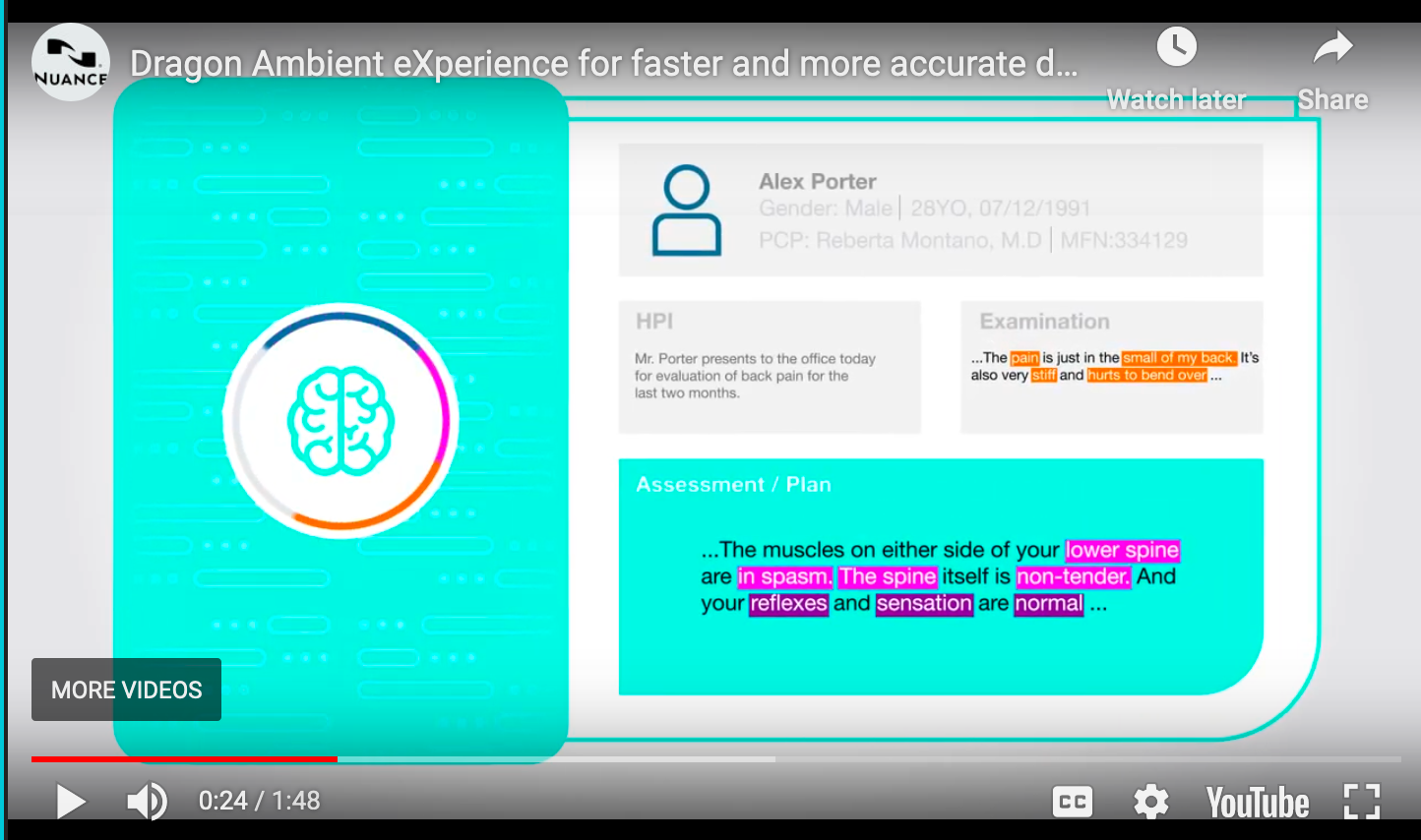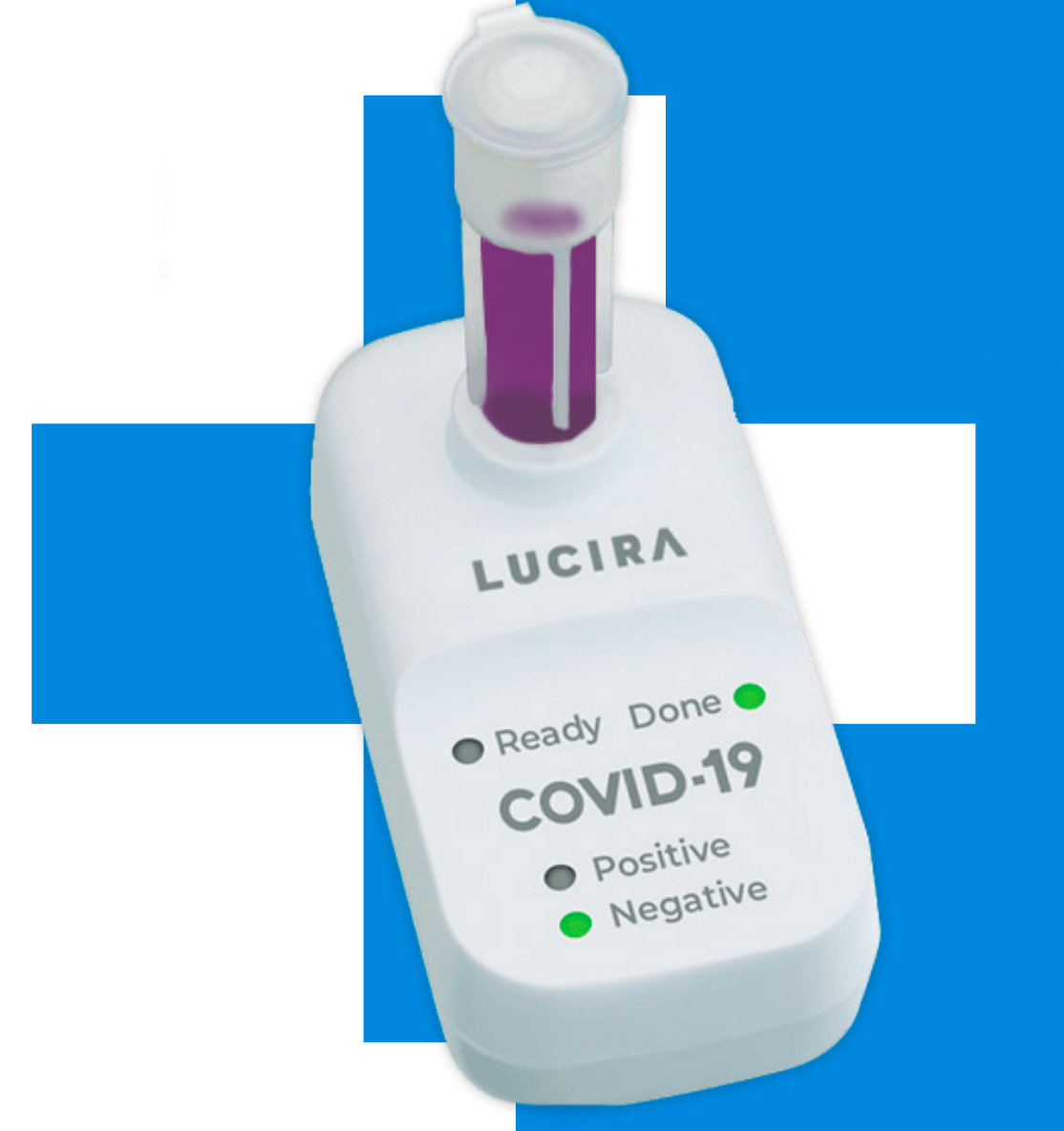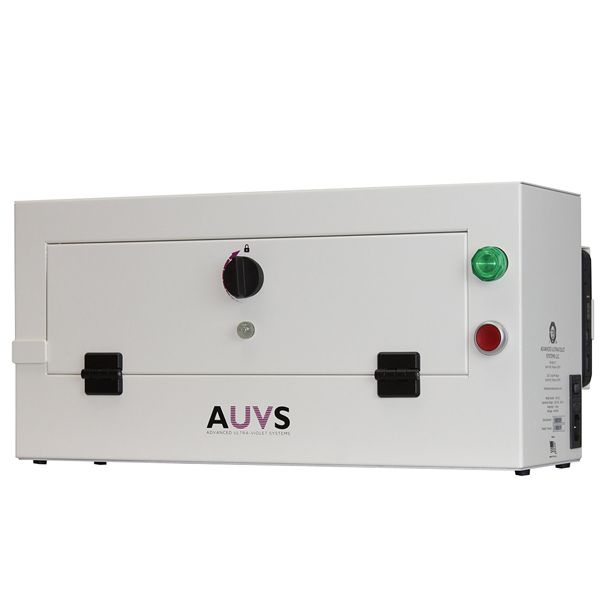Best new medical technology for 2020
The latest advances in medical technology for the pediatrician's office.
The year 2020 will long be remembered as the first year of the global COVID-19 pandemic. It will be recalled as a time of lost jobs, physical distancing, wearing masks, and worry.
Pediatricians worked hard to weather lockdowns, seek loans to avoid financial ruin, and return to medical practice with confidence. We learned to deliver visits virtually, perform SARS-CoV-2 tests in the office, and help patients return to classrooms and friends, remaining as safe as possible. It was a year when technology was more valuable than ever in helping us battle these challenges. This year, I am bringing the annual December “best technology” article for health care providers straight to our digital edition. Please read on for this year’s picks.
A primer on PPE use and disinfection
As SARS-CoV-2 is highly infectious, health care providers now use personal protective equipment (PPE) to keep themselves, their staff, and their patients safe during office visits. When triaged patients are seen in the office, one must be cautious that asymptomatic or pre-symptomatic patients may unknowingly be harboring the virus. As the SARS-CoV-2 virus can be spread via droplets or aerosols, staff must protect themselves with a minimum of a level-2 mask and face shields or goggles, even though patients are wearing their own masks during the visit. As children have been shown to frequently have a substantial viral load and a high incidence of asymptomatic SARS-CoV-2 carriage, (and cry, scream, and often don’t wear masks correctly), I personally recommend that pediatric providers and staff wear an N95 mask and face shields or goggles for all visits. The N95 mask protects against both aerosol and droplet transmission; Level-2 masks protect only against droplet transmission. When participating in an aerosol generating procedure, gowns and gloves should be worn as well. Keep in mind that the American Academy of Pediatrics and the Centers for Disease Control and Prevention do not consider obtaining a specimen from the nose of a patient as “airway manipulation.” I disagree - as many patients will sneeze or cough during or following sample collection, so I would only obtain specimens adorned with full PPE.
Electric cooker for sanitizing masks
Even though we are now months into the pandemic, disposable, single use N95 masks continue to be in limited supply, so they must be reused for days, weeks and often for months at a time. As a consequence, healthcare facilities have had to consider ways to sanitize them. A recent study (https://pubs.acs.org/doi/10.1021/acs.estlett.0c00534?ref=pdf&#) showed that an electric cooker could be used to sanitize N95 masks. The device is set at 212 degrees for 50 minutes, and masks are placed upon a towel in the cooker. The researchers demonstrated that this could be done without compromising the masks fit or integrity, and that multiple masks could be sanitized at the same time.
UV-C light is SARS-CoV-2’s kryptonite, and it disrupts the virus’ nucleic acid with a brief exposure. A more elegant and more expensive alternative to the $50 electric cooker is the AUVS (Advanced Ultraviolet System) Disinfection Box from Cleanis Inc (Carrollton, Texas) which was originally designed to sanitize mobile devices. However, according to the Emergency Care Research Institute (ECRI), the AUVS system can be used to disinfect PPE according to the following guidelines.
For decontamination using countertop UV disinfection systems: 1. Place the respirator in the device. Duckbill respirators that fold flat should be propped open to enable sufficient surface exposure. 2.Follow the UV device manufacturer's recommendations for disinfection cycle time.
1.Aim to achieve a UV dose of at least 500 mJ/cm2. 2.Extended or multiple disinfection cycles may be required, because typical disinfection cycles (30 seconds to 2 minutes) are intended to deliver about 50 mJ/cm2.
The AUVS BOX provides 200 mJ/cm2 in a 55 second disinfection cycle, so according to the above, 3 cycles should suffice to sanitize your N56 mask. This means one can sanitize respirators between patients with the AUVS Box, if your N95 supply is limited, you can afford a device costing several thousand dollars, and you’d prefer to use your electric cooker for making lunch.
A digital scribe powered by AI
Many primary care providers have discovered that they can expedite completion of electronic healthcare record (EHR) notes by using Nuance’s (Burlington, Massachusetts) Dragon Medical One (DMO), voice recognition software (https://www.contemporarypediatrics.com/view/speed-ehr-documentation-voice-recognition-software). Dragon Medical One has 99% recognition accuracy, and proficient users can dictate at 160 words per minute, easily three time faster than most of us can type. By using DMO, one can spend more time with patients and avoid needing to complete your unfinished charts at home.
The magic behind Nuances software is Artificial Intelligence (AI) that enables computers to recognize patterns in words and phrases. Nuance is slowly rolling out what they are calling the Dragon Ambient Experience (DAX). Nuance software listens via a smartphone running the DAX application as a medical provider interviews a patient. After the provider performs an examination (vocalizing findings) the DAX application produces a structured medical note that can be incorporated directly into an EHR. Therefore, providers using DAX can spend more time with patients as they no longer have the burden of dictating notes following a patient visit or completing these at the end of the day. Given the AI algorithms that power the DAX software will eventually be able to integrate 3rd party extensions, I speculate that not only will DAX facilitate note completion but will, one day, incorporate a clinical decision support system that will assist in offering diagnosis suggestions, recommend workup and treatment as well.
The Dragon Ambient Experience, AI for your structured medical notes

A new digital stethoscope
There is no medical device more iconic than the stethoscope we carry in our lab coat or drape around our neck. I’ve been an avid user of the 3M Littmann (St. Paul, Minnesota) model 3200 digital stethoscope for many years. As an early adopter of this technology, it was obvious that this $400 stethoscope had many advantages over traditional stethoscopes. Firstly, it features ambient noise reduction, facilitating auscultation in noisy environments. Additionally, it can be used to improve auscultation via its ability to “amplify” sound volume up to 24 times without sacrificing sound quality. As my hearing is not as good as it was 30 years ago, I find this feature particularly useful.
Littman-CORE digital stethoscope

I was disappointed to learn that 3M Littmann plans to retire the model 3200 stethoscope over the next year or so, as it never accounted for more than 5% of the company’s stethoscope sales. Fortunately, 3M Littmann has partnered with EkoHealth (Oakland, California) to produce the $350 Littman-CORE digital stethoscope. This device combines Littmann’s top of the line Cariology IV chest piece with EkoHealth’s CORE digital stethoscope system - which allows users to listen via a traditional “analog” mode or via a “digital” mode with ambient noise reduction, and up to 40x amplification. The stethoscope has an integrated rechargeable battery good for up to 8 hours of continuous use, and a slider mechanism that switches between analog and digital modes. One can adjust the amplification with a press of a button. Additionally, one can transmit and record heart sounds to the EkoHealth application that runs on smart phones and tablets. This enables you to share these with students and specialists. I’ve been using the Littmann-CORE digital stethoscope for several weeks and have been quite pleased with the experience.
A pediatrician-specific telehealth service
In response to the COVID-19 pandemic, primary care providers have rapidly adopted telehealth (TH) to provide virtual healthcare services for patients. Although state and federal emergency mandates have permitted temporary use of non-telehealth video applications such as Zoom, Skype, Facetime and others for the duration of the pandemic, eventually medical practices will be limited to “official” TH service providers if they plan to continue to provide virtual office visits. The COVID-19 crisis has established TH as an integral part of pediatric practice—one that can facilitate patient care, bring patients back to the medical home, and increase practice revenue at a time when pediatricians are recovering from dramatic pandemic- related revenue losses.
Pediatricians should be aware that there is a TH service dedicated to the unique needs of the pediatric practice. Anytime Pediatrics (Nashville, Tennessee) was developed over the course of several years by Dr Mick Connors, a pediatric emergency room physician. It’s been rapidly adopted by pediatric practices during the pandemic and is now being used by over 1300 providers. The system enables pediatric practices to schedule TH visits with patients, and staff can “room” a patient, checking medications, updating problem lists, and confirming demographics, before the actual encounter with the physician. The Anytime Pediatrics application has an interface that is easy on the eyes, and easy to navigate. The system is quite affordable at $150 per provider per month and there is no charge for secretaries and other staff to use the program. I was very impressed with its capabilities, and suggest you contact them for a demonstration.
A home COVID-19 molecular assay
The US Food and Drug administration (FDA) recently granted its first Emergency Use Authorization (EUA) for the first COVID-19 home test to Lucira Health (Emeryville, CA.) The Lucira COVID-19 All-In-One Test Kit won’t be available for widespread use until the Spring of 2021, but is expected to be affordably priced at about $50. The user obtains a nasal swab specimen (both nostrils) and places the swab in a vial inserted in a battery powered test cartridge. Once the test is started, results are displayed in 30 minutes. As the test is molecular, results are very accurate. According to Lucira Health in a community testing study, where the Lucira test was compared to a Food and Drug Administration authorized known high sensitivity SARS-CoV-2 test, Lucira achieved a 94% positive percent agreement (PPA) and a 98% negative percent agreement (NPA). It is expected to be available by prescription for home use in patients 14 years of age and older, but when the specimen is obtained and performed by a healthcare provider (in the office for example), the test can be performed in children aged 13 years old and younger.
Lucira COVID-19 test kit

And one more thing….
Come fall of 2021, Contemporary Pediatrics will launch a technology supplement that will accompany the print edition. By then, we can look forward to new technologies for diagnosing otitis media, have alternatives methods for treating ADHD and anxiety, and have an assortment of point of care tests to expedite diagnosis SARS-CoV-2 and other infectious agents. And, if you want to catch a preview of the technologies to be featured in the supplement, consider visiting and subscribing to my technology website, Medgizmos.com, for more of what is coming.
